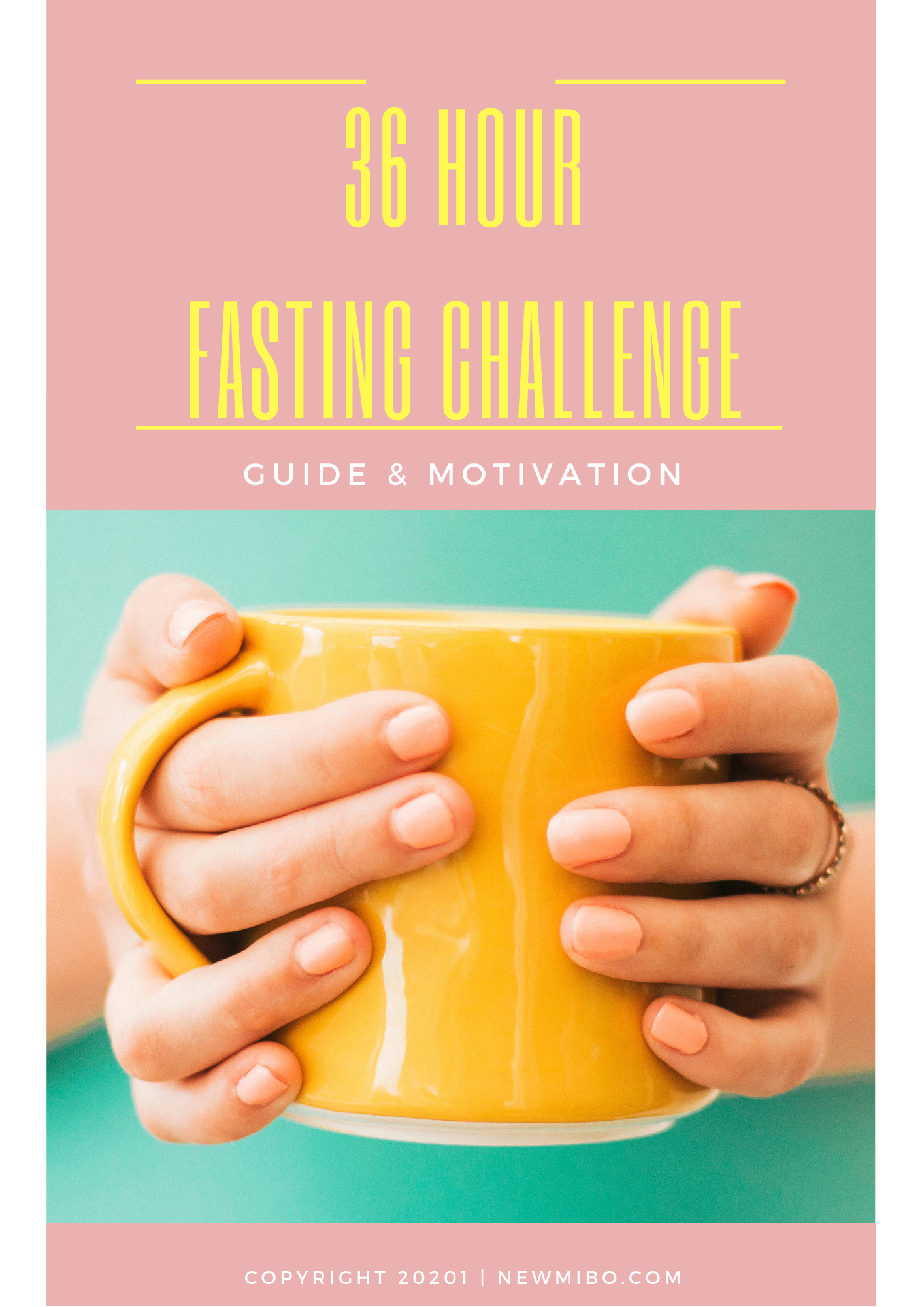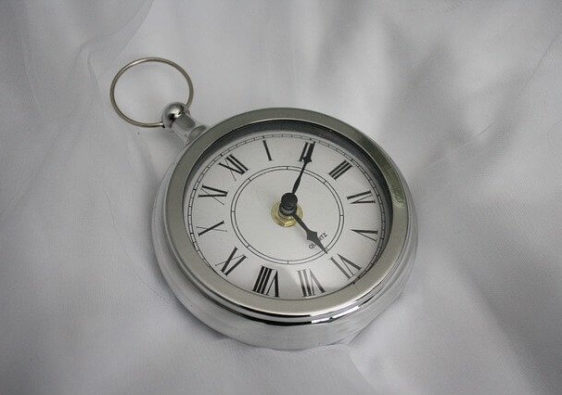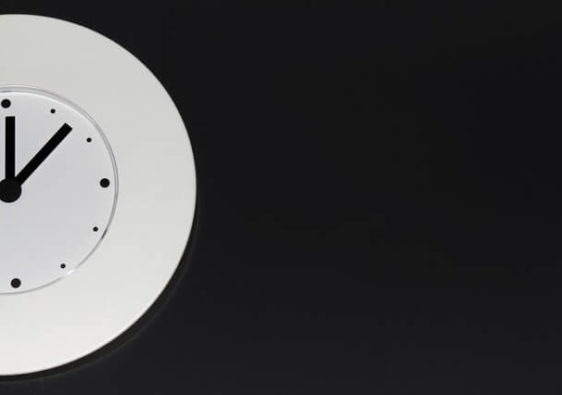OMAD stands for ONE MEAL A DAY. It is an extreme form of intermittent fasting. You are required to fast for 23 hours and eat within a 1 hour time frame. I split this post into ‘WH’ questions to make it easier to read, kind of like a manual or Q&A.
RULES
1. fast for 23 hours
2. you can drink coffee, tea and of course water. all unsweetened.
3. eating window is 1 hour
3. then back to fasting/not eating
WHY OMAD
You will benefit from OMAD twice, so to speak, you will benefit from the long fast as well as from the reduced eating window.
- You can pretty much eat anything you like
- You will feel satiated much faster
- It is very difficult to overeat within 1 hr (don’t take this as a challenge to prove otherwise)
- You do not need to count calories or weigh your food or worry about points etc.
- You can eat the foods you enjoy without restrictions
- You can eat your OMAD at a restaurant without restrictions
- You can eat your OMAD as a family dinner without restrictions
- You will have a new found appreciation for food after 23 hours of fasting
WHEN TO EAT
This is entirely up to your personal preference. OMAD doesn’t specify what time to eat just as it doesn’t outline what to eat. The only rule is to eat once on your selected ‘OMAD’ day.
Typically people choose to save their meal for dinner.
WHAT TO EAT
As mentioned above, OMAD doesn’t specify what to eat. You are technically free to eat whatever you like. Ideally, you will aim to cover your caloric and nutritional needs.
How to eat must also be considered. Remember you have just fasted for 23 hours which is why it is imperative that you ease yourself into eating and that you eat slowly. You will be likely pretty hungry but resist the impulse to eat everything in sight and as much as you possibly can. This completely defeats the object of OMAD and will cause more harm than good.
The correct way to do OMAD is to plan your meal in advance. Decide exactly what you’ll have ideally the day before. Planning a meal when you’re hungry is never a good idea.
HOW MUCH TO EAT

You should eat a slightly larger portion than your normal meal would have been. You can include a starter, main and a dessert. This will still count as OMAD as long as you finish it within an hour without stuffing or forcing yourself. Some people will make all their food fit onto one plate and will not eat any extras/snacks.
The tricky part is to not overeat or under eat. You will figure this out with practice.
This 2017 study (1) published in Metabolism, concluded that:
meal skipping or intermittent CR diets can result in health benefits including improved glucose regulation, but only if there is an overall reduction in energy intake.” (CR=calorie reduction)
WEIGHT LOSS
Fasting in itself encourages weight loss. Fasting for 23 hours allows your body to deplete sugar stores and start burning some of the fat stores for fuel.
Reduction in calories will also result in weight loss. Use OMAD as a tool to eat less not as a tool to practice competitive eating.
This 2007, controlled trial (2) shows that reduced frequency of eating without caloric restriction resulted in weight loss and a greater loss of fat mass with comparison to the group who ate the same amount of calories spread between 3 meals per day. The study involved healthy weight middle aged adults eating their maintenance calories.To be fair the study also showed increased hunger in the one meal a day group.
OMAD MISTAKES
- You don’t plan your meal and end up bingeing
- You eat too fast and end up feeling sick
- You eat too much and end up feeling sick
- You use OMAD as a permission to binge
- You use OMAD as permission to eat as much junk as you can
- You use OMAD as permission to eat like a competitive eater for 1hr
- You re-open your eating window
DOWNSIDE
As with any fasting method you might experience some not so pleasant symptoms, especially if you’re new to fasting or not fat adapted.
The most common symptoms headache and hunger.
Another issue is that you may be tempted to use this eating style as permission to binge and eat unlimited junk food. This can lead to malnutrition and disordered eating.
AVOID IF:
This type of extreme intermittent fasting is not suitable for everyone. Skip it if you’re pregnant, breast feeding, have a history of eating disorder, you’re prone to bingeing, and of course do not put your children or teenagers on this type of eating style. (3)
REFERENCES:
(1) Carlson, Olga et al. “Impact of reduced meal frequency without caloric restriction on glucose regulation in healthy, normal-weight middle-aged men and women.” Metabolism: clinical and experimental vol. 56,12 (2007): 1729-34. doi:10.1016/j.metabol.2007.07.018
(2) Stote, Kim S et al. “A controlled trial of reduced meal frequency without caloric restriction in healthy, normal-weight, middle-aged adults.” The American journal of clinical nutrition vol. 85,4 (2007): 981-8. doi:10.1093/ajcn/85.4.981
(3) The Complete Guide To Fasting, 2016 , Jason Fung MD with Jimmy Moore



